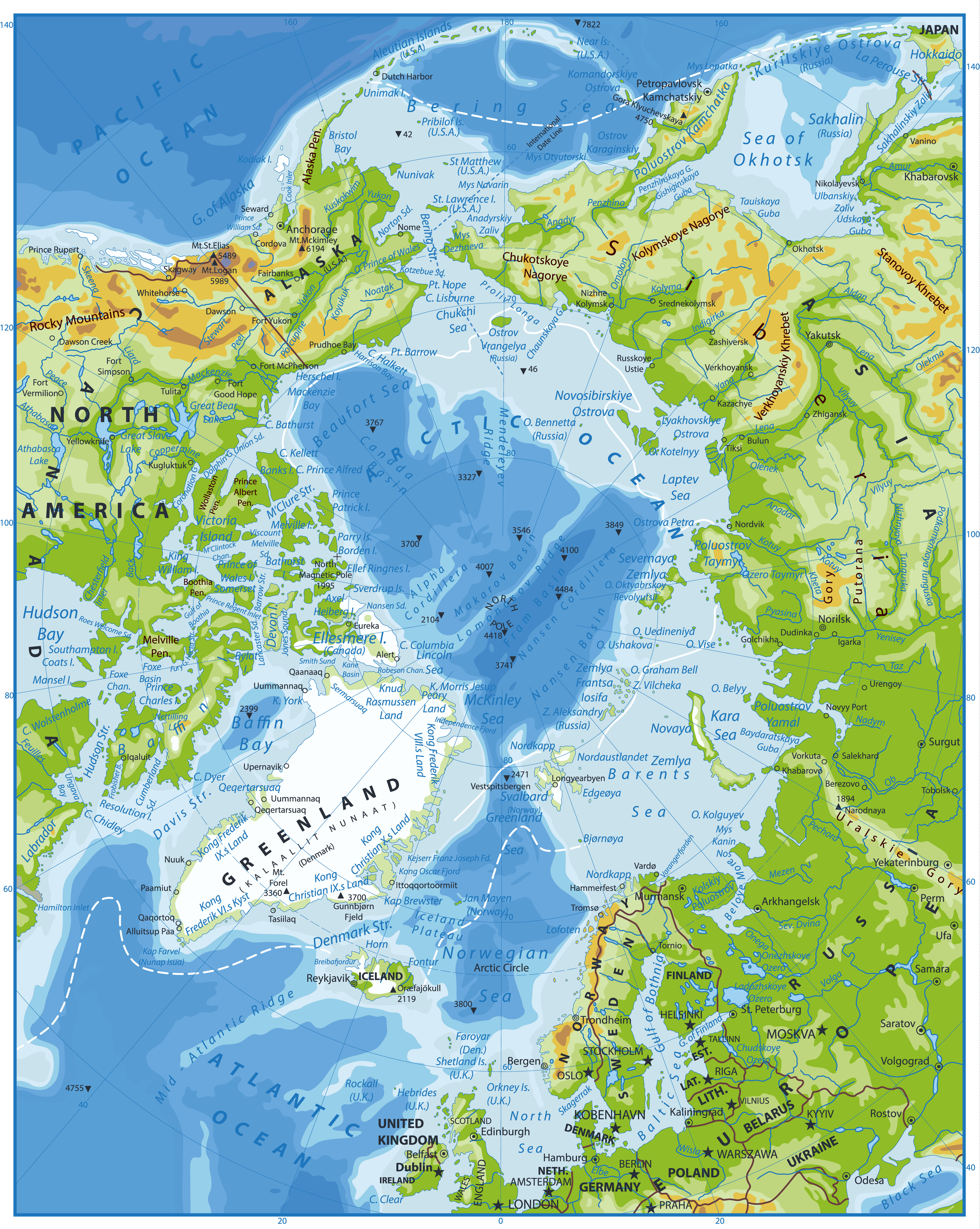The case for a large natural source of TFA in the oceans is extremely strong, well-documented, and scientifically supported
The generally accepted conclusion is that trifluoroacetate (TFA) does occur naturally, in part based on the undisputed large quantities of TFA in the oceans. Surprisingly, the recent review paper “Insufficient evidence for the existence of natural trifluoroacetic acid” by Joudan et al. [1] concludes that “the presence of TFA in the deep ocean and lack of closed TFA budget is not sufficient evidence that TFA occurs naturally, especially without a reasonable mechanism of formation.” EFCTC has published an in-depth position paper in response to this review detailing some of the most important evidence for natural TFA in the oceans. In addition, it comments on some obvious errors in the Joudan et al. review.
Scott [2] estimated from oceanic measurements that there are 61- 205 million tonnes of TFA in the oceans. Here is just one example from the position paper of the evidence for natural TFA in the oceans.
TFA found in the deep Arctic Ocean
Oceanic TFA concentration measurements by Scott included the Canadian Basin(western Arctic Ocean) deep or bottom waters. At 3000 m depth in the Canadian Basin of the western Arctic Ocean TFA concentration was measured as 160 ng/L similar to the concentrations measured in the Atlantic. Joudan et al. commented that “A limitation of these studies (Frank [3] and Scott) was that they did not consider plausible TFA delivery mechanisms from ocean depths representing modern times to the deep ocean.”  There have been several studies that discuss the Canadian Basin water stratification and water age. The Canada Basin is 3500–3800m deep and the 500–1000m thick deep temperature minimum layer (DTML) overlies the Canada Basin bottom water with the boundary at about 3000m between DTML and the bottom water [4]. Another paper [5] concluded that “observations have allowed us to speculate that ongoing renewal of the deep Canada Basin is unlikely and the most likely scenario is that the present Canada Basin deep water is the result of a renewal event in the past.” An earlier paper concluded that the average age of the Canadian Basin Deep Waters is comparably high at perhaps 400 years [6].
There have been several studies that discuss the Canadian Basin water stratification and water age. The Canada Basin is 3500–3800m deep and the 500–1000m thick deep temperature minimum layer (DTML) overlies the Canada Basin bottom water with the boundary at about 3000m between DTML and the bottom water [4]. Another paper [5] concluded that “observations have allowed us to speculate that ongoing renewal of the deep Canada Basin is unlikely and the most likely scenario is that the present Canada Basin deep water is the result of a renewal event in the past.” An earlier paper concluded that the average age of the Canadian Basin Deep Waters is comparably high at perhaps 400 years [6].
PFAS were not found in the deep Arctic Ocean. Joudan et al. discussed PFAS profiles in ocean sampling to suggest that similar processes could account for TFA in deep ocean waters. However, for the Arctic Ocean, a recent paper not referenced by Joudan et al., “Vertical Profiles, Sources and Transport of PFASs in the Arctic Ocean” [7] determined that PFAS (note the study did not include TFA so does not contradict the Scott measurements) were not found at depths below 250 m in the Arctic Ocean. “The detection of PFASs in the four depth profiles was limited to the 150 m below the surface, except for the North Barents Sea where a PFAS was detected down to 250 m below surface.” Samples were taken at depths down to 3000 m [8] “Deep layer water samples (3000 m depth from 4 different stations) were served as field blanks and were found below limits of quantification”. The paper states that the lifetime of tracers in Arctic Deep water is about 75–300 years.
The absence of PFAS at depths below 250 m, the lifetime of tracers in deep water and the high average age of the Canadian Basin deep waters all suggest that it is difficult to envisage a plausible TFA delivery mechanism representing modern times for anthropogenic TFA to account for the 160 ng/L concentration (similar to the Atlantic Ocean concentration) measured at 3000 m close to the boundary of the thick deep temperature minimum layer (DTML) and the Canada Basin bottom water.
Read the complete EFCTC Position Paper here.
More information about TFA is available here.
References
[1] S. Joudan, A. O. De Silva and C. J. Young, Insufficient evidence for the existence of natural trifluoroacetic acid Environmental Science Processes & Impacts October 2021 DOI: 10.1039/d1em00306b
[2] B. F. Scott, R. W. Macdonald, K. Kannan, A. Fisk, A. Witter, N. Yamashita, L. Durham, C. Spencer and D. C. G. Muir, Trifluoroacetate profiles in the Arctic, Atlantic, and Pacific Oceans, Environ. Sci. Technol., 2005, 39(17), 6555–6560
[3] H. Frank, E. H. Christoph, O. Holm-Hansen and J. L. Bullister, Trifluoroacetate in ocean waters, Environ.Sci. Technol., 2002, 36(1), 12–15
[4] Inferring Circulation and Lateral Eddy Fluxes in the Arctic Ocean’s Deep Canada Basin Using an Inverse Method, H. V. Dosser and M-L Timmermans, Journal of Physical Oceanography, 2018 vol. 48 page 245, DOI: 10.1175/JPO-D-17-0190.1
[5] Evolution of the Deep Water in the Canadian Basin in the Arctic Ocean, M-L Timmermans and C. Garrett, Journal of Physical Oceanography 2006 vol. 36 page 866
[6] The arctic ocean component in the Greenland-Scotland overflow, B Rudels and D Quadfasel, International Council for the Exploration of the Sea paper C.M. 1991/C:30
[7] L.W.Y. Yeung, C. Dassuncao, S. Mabury, E.M. Sunderland, X. Zhang, R. Lohmann, Vertical profiles, sources, and transport of PFASs in the Arctic Ocean. Environ. Sci. Technol. 2017, 51 (12), 6735−6744.
[8] The deep-water samples were from another area of the Arctic Ocean- the Nansen and Amundsen Basins.
Image: ©ShutterStock